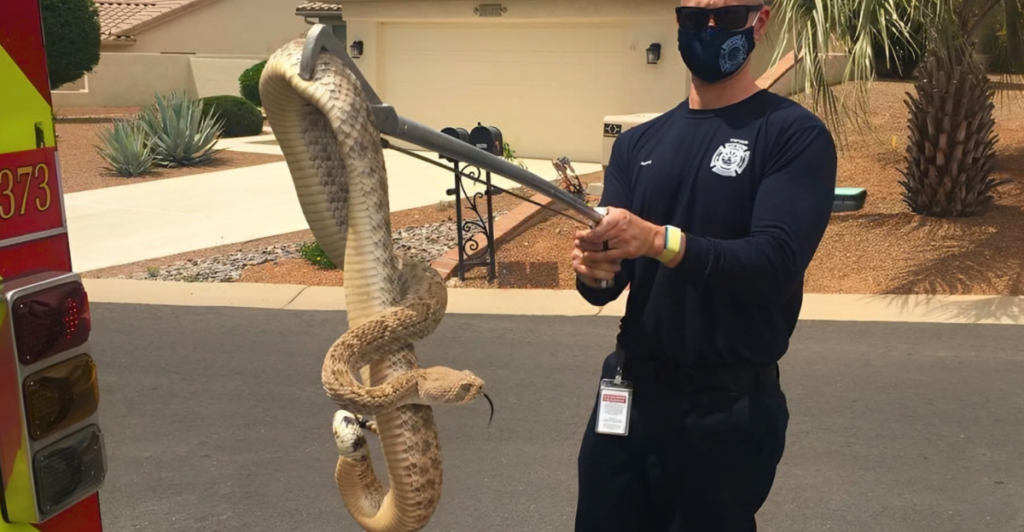
Rattlesnakes are fascinating yet feared creatures found across the United States, particularly in regions with warm climates and rocky terrain. Anyone going into these types of areas is weary of these snakes because of how often the dangers of these snakes are preached. There are quite a few states where you need to be more careful than others, and we’ve compiled a list to give you ease of mind or reason to be on high alert.
1. Utah
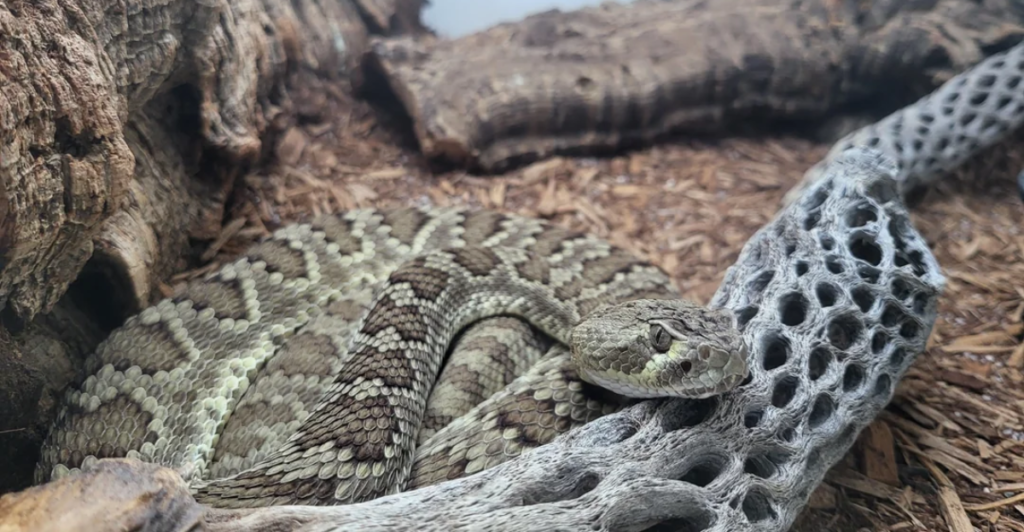
This state is home to seven species of snakes, the most common being the Great Basin Rattlesnake and the venomous Mojave Rattlesnake. Rattlesnakes play a vital ecological role by controlling rodent populations, but they are protected under state law, making it illegal to harass or kill them unless in self-defense.
These snakes are active primarily during the warmer months, especially at dawn and dusk. They are non-aggressive and will only strike when threatened.
2. New Mexico
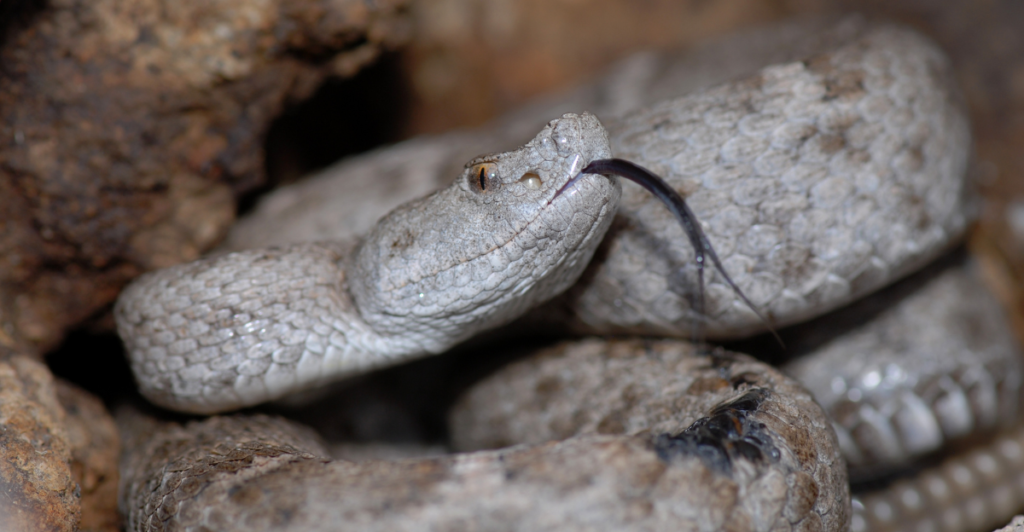
This state has an impressive seven species of snakes in the area, one of which is the federally threatened New Mexico Ridge-Nosed Rattlesnake. The Western Diamondback, New Mexico’s most frequently encountered rattlesnake, dominates arid plains and canyons with its iconic “coon-tail” banding and potent venom.
Other species, such as the Prairie Rattlesnake, Mojave Rattlesnake, Mottled Rock Rattlesnake, Black-tailed Rattlesnake, and the Massasauga, can be found roaming different terrains in this state. Conservation efforts prioritize protecting the Ridge-Nosed Rattlesnake’s pine-oak habitats and mitigating human-wildlife conflicts through public education on bite prevention and habitat stewardship.
3. Arizona

This state has the highest rattlesnake diversity in the U.S., home to 15 species ranging from the aggressive Western Diamondback to the rare, federally endangered New Mexico Ridge-Nosed Rattlesnake. Other species include the Sidewinder, known for its sideways locomotion across desert sands, and the Arizona Ridge-Nosed Rattlesnake, the state’s official reptile.
The Arizona Black Rattlesnake and the Mojave Rattlesnake can also be found occasionally. Conservation efforts focus on protecting endangered species and critical habitats, particularly as climate change and human encroachment threaten fragile populations. Despite their prevalence, most Arizona rattlesnakes avoid confrontation, with bites often occurring due to accidental provocation.
4. Texas
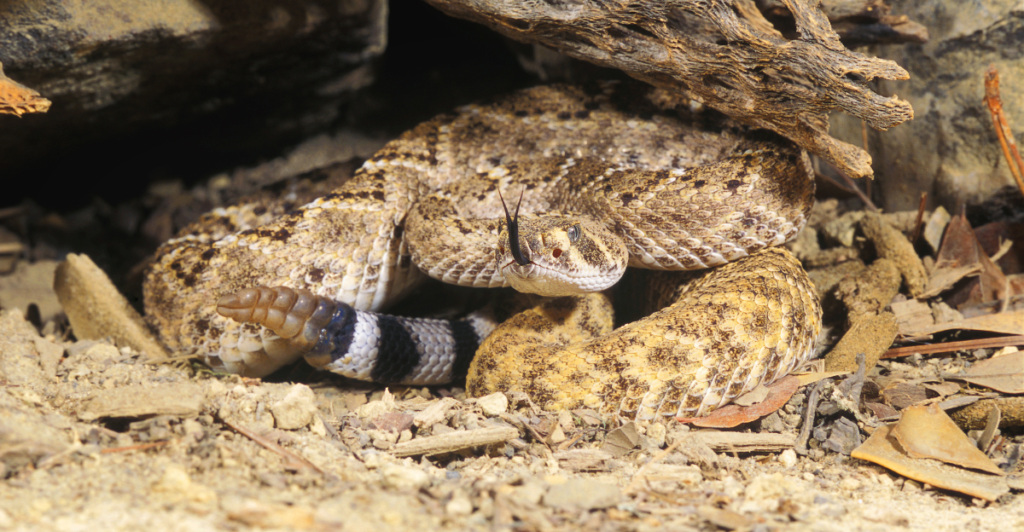
Texas leads the southern U.S. in rattlesnake diversity with 10 native species, including the aggressive Western Diamondback, responsible for most bites. Protected species like the Timber Rattlesnake, Banded Rock Rattlesnake, and Mottled Rock Rattlesnake inhabit specialized niches, from eastern wet woodlands to the rocky canyons of West Texas.
The Prairie Rattlesnake thrives in the Panhandle grasslands, while the Mojave Rattlesnake occupies the arid Trans-Pecos region. Most Texas rattlesnakes avoid confrontation unless threatened, with attacks remaining rare relative to human-snake encounters. This state currently has a bite rate of 44.2 bites per million.
5. Virginia
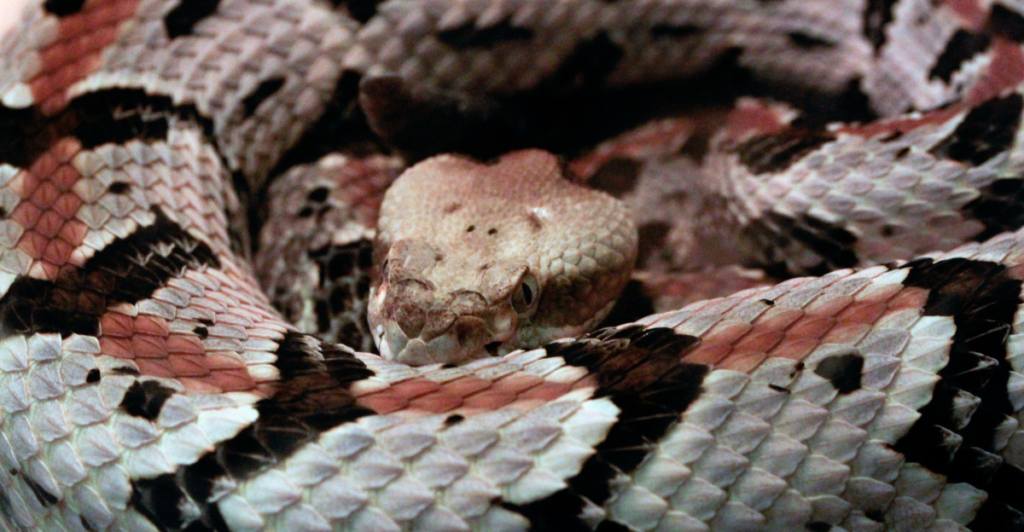
Virginia is home to the Timber Rattlesnake, locally known as the Canebrake Rattlesnake, which is state-endangered in its southeastern populations. These snakes inhabit two distinct regions: the mountainous western areas and the southeastern lowlands, favoring mature hardwood forests, cane thickets, and swamp-adjacent ridges.
Habitat loss from development has reduced their range by over 55% since 1993, with further declines expected. Conservation efforts prioritize protecting den sites and educating the public, as these non-aggressive snakes face threats from human persecution and habitat fragmentation.
6. Oklahoma
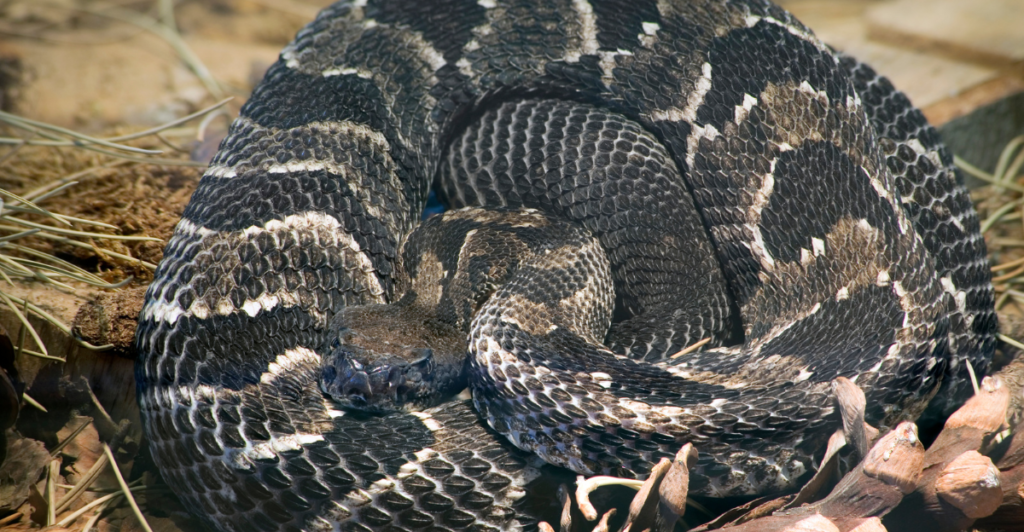
This state can brag about its rattlesnake population, as it is home to five venomous species: the Timber, Western Diamondback, Prairie, Western Pygmy, and Western Massasauga Rattlesnakes. These snakes thrive in habitats ranging from rocky outcrops in the Wichita Mountains Wildlife Refuge to the Tallgrass Prairie Preserve grasslands.
Despite ranking fourth, with 61 bites per million, in snakebite incidents nationally, encounters remain rare relative to Oklahoma’s snake abundance, as most species avoid confrontation unless threatened.
7. Arkansas
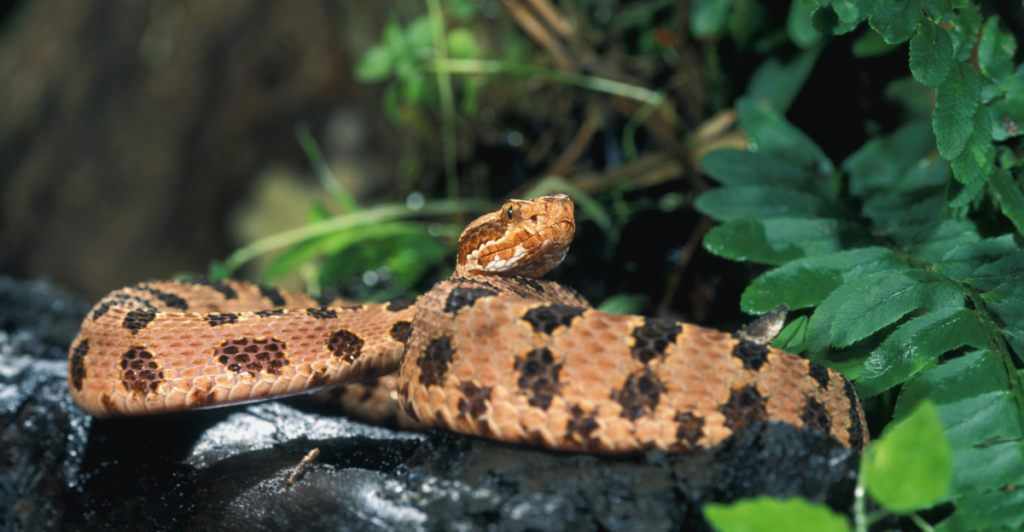
This state is home to 3 rattlesnake species, making them a good place to spot these snakes or come across them on a hike. The Timber Rattlesnake thrives in forests, agricultural areas, and rocky slopes, using its camouflaged “velvet tail” to ambush rodents and small mammals. The Western Diamondback, Arkansas’s largest venomous snake, inhabits rugged, rocky outcrops in the Ozarks and the Ouachita Mountains, recognizable by its diamond-patterned back and “coon-tail” banding.
The diminutive Western Pygmy Rattlesnake, measuring just 15–20 inches, favors brushy lowlands and near-water habitats. It produces a faint insect-like rattle to deter threats. These three species combined have a bite rate of 92.9 bites per million in this state.
8. West Virginia
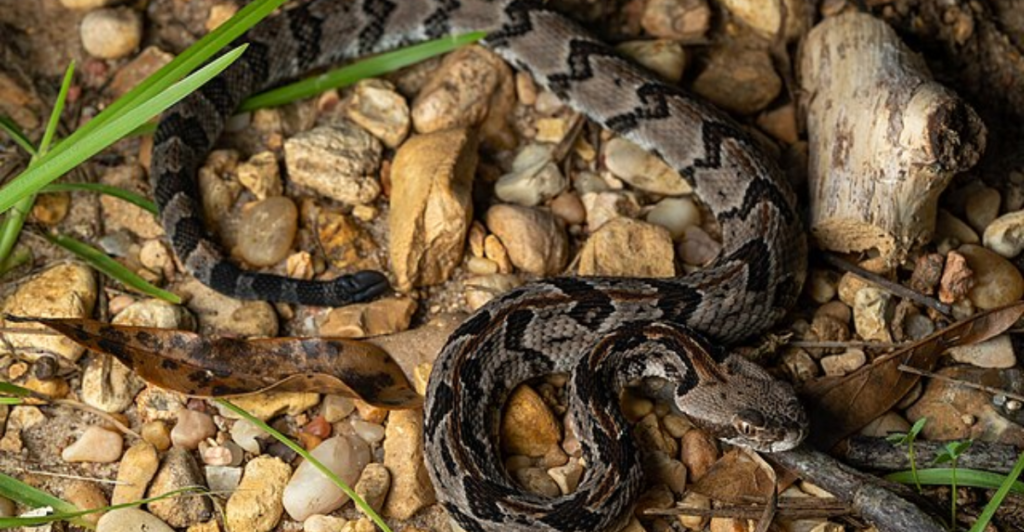
This state is well-known for its Timber Rattlesnake, their official state reptile. These venomous snakes thrive in the state’s remote, rocky woodlands and mountainous regions, particularly in areas like Cooper’s Rock State Forest. Despite their non-aggressive nature, their populations face challenges from habitat disruption and human encounters.
Recent citizen science initiatives, like the 2017–2019 observation project, documented 485 sightings, revealing shifting population patterns and underscoring the need for continued conservation efforts. This state has 105.3 bites per million people, which is still relatively high compared to other states.
9. North Carolina

North Carolina is a hotspot for rattlesnake diversity, hosting three distinct species: the Eastern Diamondback, Timber, and Carolina Pygmy Rattlesnakes. These snakes thrive in various habitats across the state, from the pine flatwoods and scrub oak areas favored by the Pygmy Rattlesnake to the longleaf pine ecosystems of the Eastern Diamondback.
The Timber Rattlesnake is more versatile, inhabiting forests and mountainous regions like the Great Smoky Mountains National Park. This state has the highest bite rate per million, at 157.8 bites per million.
Explore more of our trending stories and hit Follow to keep them coming to your feed!

Don’t miss out on more stories like this! Hit the Follow button at the top of this article to stay updated with the latest news. Share your thoughts in the comments—we’d love to hear from you!







